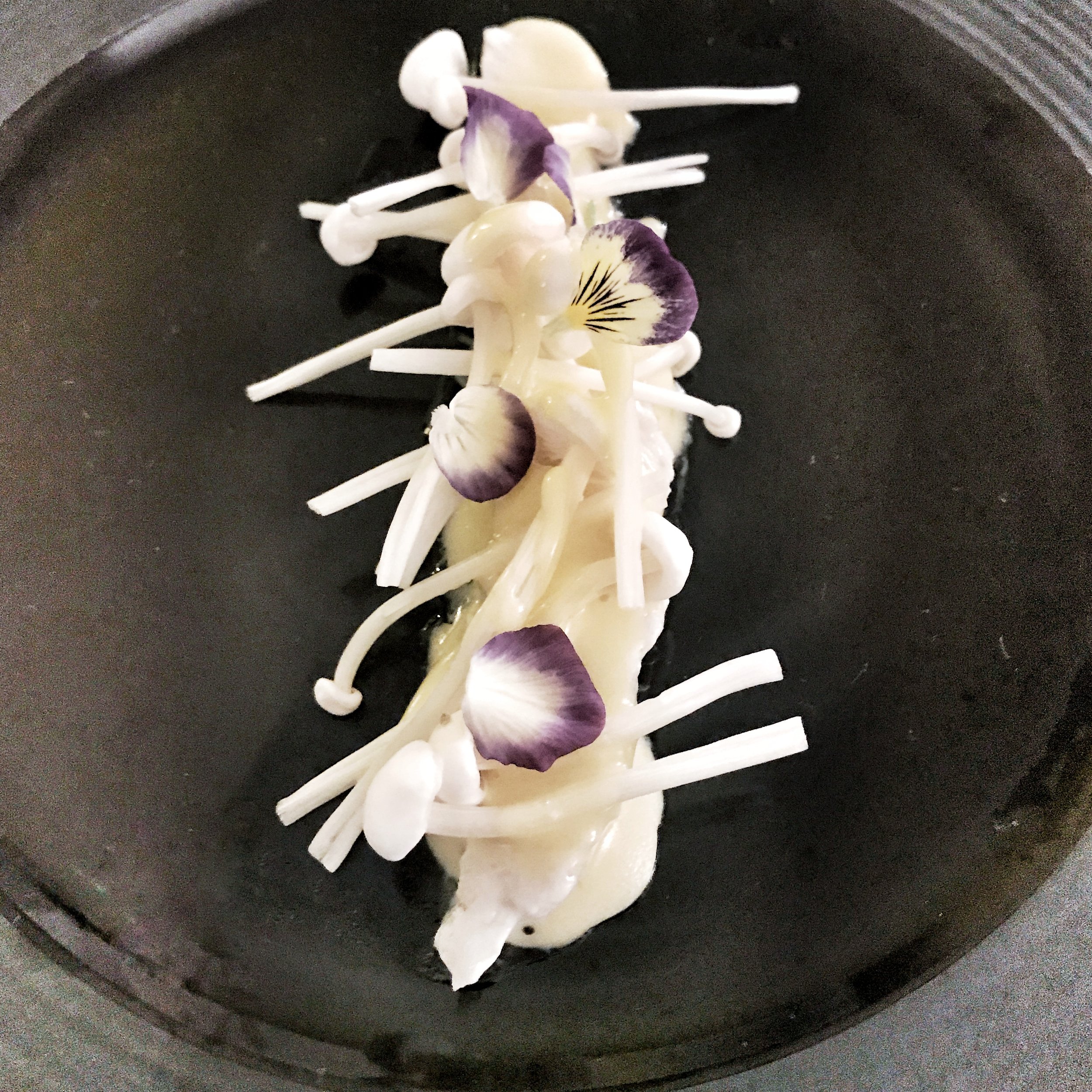Everyone always asks how I can afford to travel and live in Europe.
The simple answer?
I work my ass off.
Even on my off days.
To keep the travel funds at a safe balance, I am always on the lookout for a side gig.
Enter Mads Cortsen - Mads (say, "Mess") has been in the kitchen since the age of six. Instead of the traditional cooking school, he purchased cookbooks from celebrity chefs and tore through them, page by page. At the age of 16, he debuted on Denmark’s most famous cooking program, Masterchef, eventually placing second and capturing the hearts of his native land.
As a rising star in the emerging Neo-Nordic cuisine, the culinary world opened itself to Mads. He received tons of offers before deciding to join the team at Kokkeriet; a Michelin starred restaurant in Copenhagen. After a few years on the fine dining scene, Mads decided it was time for a change: He walked out of the commercial kitchen and opened his own catering company, Cortsen Dining.
Cortsen Dining is like no catering company you have ever seen – Mads comes to your house, in a car loaded down with food, equipment, and a vast array of magnificent plates and dishes. As his guests relax in the comfort of their own home and even yachts, Mads owns the kitchen, producing phenomenal meals ranging from five to twenty-five courses.
The ‘in-home Michelin catering” concept caught on quite well – to the point where Mads was booking three to four parties each weekend.
You do the math:
One crazy, talented chef and four dining’s in a weekend – the guy is always on the go.
Did I mention he is only 21 years old?
So in late August when Mads had an especially difficult week, he came to Folkets Madhus looking for a sous chef – somehow I landed the gig. For the next 72 hours, Mads and I worked like madmen. The first night, we hopped on a harbor tour and served six courses to over 60 patrons. We improvised on a small sinkless countertop in a packed cabin working shoulder to shoulder. Plating was a task with the rolling waves making a steady hand near impossible, but all the same, we cranked out six beautiful dishes and still had time to take in a quick scenic view and a few cold libations.
Prep work done - off to the location.
Our kitchen and dining hall for the first evening with Mads.
A glance at our cramped prep station aboard the Copenhagen Harbor tour boat.
Mads trusted me enough to make all the sausages for the evening.
Smoked Reindeer kabobs....
Baby Shrimp, toast points, and aoili.
Snogbrød (snake bread) wrapped with two year old prosciutto.
Mads is always so calm in the kitchen.
The following night was typical for Mads – a sixteen-course meal for eight in a beautiful downtown apartment. As Mads “created,” I kept busy around the kitchen – warming plates, knocking out dishes, and prepping ingredients. We came together to plate – Mads, precisely plating with tweezers, and Me, following with additional garnish and a vodka-soaked towel to tidy up any small spills.
Lobster with fresh tomatoes.
Pickled Japanese Nashi - incredible!
Pickled strawberries piled atop monk fish.
The last event was the grand finale – twenty courses for eight people, one of which happened to be one of the most respected “foodies” in Copenhagen. Upon Mads arrival, he informed me that his refrigerator had broken the previous evening and all the prepped food had spoiled – things were about to get very interesting!
So we busted our tails that morning to recreate the twenty five-course meal then packed everything to the location only to unload and carry everything up seven flights of stairs (read no elevator). I made numerous trips up and down the stairs, arms burdened with expensive plates, food, and a large container of liquid nitrogen that more closely resembled a bomb.
That night, Mads went all out – caviar, lobster, quail, reindeer, and perhaps my favorite Cortsen dish – the Sugar Orb. Mads commanded everyone’s attention as he created hollow globes of sugar which he then filled with several kinds of sorbet – it was quite a show!
The sugar orb...
Oysters, Mexican cucumbers and caviar.
Another take on beef tartar from Mads.
Mads putting the liquid nitrogen to work - dinning with his really is an experience!
Mads Corsten is a talented one – It was an honor to work beside him. For three days, I felt like I had been thrown into an episode of The Chef’s Table. Thank you, Mads for allowing me the privilege. Watch out world; this Danish kid is gonna tear the food world up!


















































